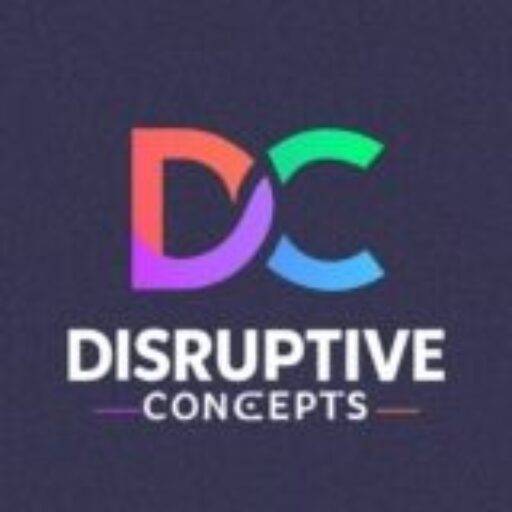
Let’s start with this: large language models (LLMs) are impressive, sure, but up until now, they’ve been a bit like grandmasters in chess — stuck with a static playbook, unable to adjust on the fly without a costly retraining regimen. Enter GenARM, which isn’t just some incremental improvement; it’s a radical shift. GenARM introduces real-time decision-making, where a model can be guided by next-token feedback without needing a total reset. Imagine you could teach a chess master mid-game rather than between matches. What this means for machine learning isn’t just faster adaptation; it’s opening a world where AI can evolve in real-time with us, shifting the entire paradigm from fixed to fluid.
Next-Token Rewards: A Revolution in the Making
Now, if we break down what makes GenARM so intriguing, it comes down to something deceptively simple: the next-token reward model. Traditional models evaluate responses only after an entire sentence or even a paragraph has been generated. GenARM flips that script. It’s like giving a runner feedback after every step instead of waiting until the finish line. This way, it fine-tunes each word, optimizing not just the final outcome but the whole process of getting there. The implications for efficiency are staggering. By using token-level feedback, GenARM eliminates the need for bloated computations that look backward; it learns and adapts forward, mid-movement, keeping the momentum going.
Here is a bar chart comparing the computational costs of traditional training methods, test-time baselines, and the GenARM model. As shown, GenARM significantly reduces computational costs, making it a more efficient solution for test-time alignment.

Balancing Human Preferences Without the Headache
Here’s where things get even more disruptive: GenARM excels at juggling multiple preferences simultaneously, which, as anyone who’s tried to satisfy both a toddler and a teenager at once will tell you, is no small feat. This system can balance competing demands — helpfulness vs. harmlessness, accuracy vs. creativity — without needing retraining every time you tweak the balance. The result? An AI that doesn’t just follow a script but adapts to varying contexts and nuanced preferences in real-time. GenARM is like a DJ mixing on the fly, adjusting the levels in real-time to keep the crowd engaged, without missing a beat.
Token-level Mastery
Instead of waiting until the end to evaluate, GenARM rewards individual tokens in real-time, allowing far more granular control over generation. This changes everything.
Efficiency Without Compromise
GenARM’s real-time guidance is not only faster; it’s smarter. It aligns with human preferences without the heavy costs of retraining.
Weak-to-Strong Guidance
GenARM can guide larger models with smaller ones, proving that a less resource-intensive model can still teach the giants new tricks.
Multi-Objective Mastery
The system balances multiple objectives simultaneously — helpfulness, harmlessness, and beyond — creating an adaptive, highly customized AI experience.
Minimal Computational Overhead
GenARM doesn’t just make models faster; it reduces the cost of inference dramatically, which could democratize access to advanced AI capabilities.
A New Frontier in AI: Adaptive, Efficient, and Ready to Evolve
What GenARM offers is a glimpse into an AI future that’s more agile, efficient, and adaptive than anything we’ve seen before. It shows that the future of AI isn’t just about making bigger, stronger models but about making smarter, more intuitive ones. This shift from fixed models to real-time adaptation opens doors to AI systems that aren’t just reactive but are deeply responsive to the evolving needs of users, creators, and thinkers alike. The best part? We’re just getting started. The next revolution in AI is here, and it’s all about keeping up, not just catching up.
About Disruptive Concepts
Welcome to @Disruptive Concepts — your crystal ball into the future of technology. 🚀 Subscribe for new insight videos every Saturday!
See us on https://twitter.com/DisruptConcept
Read us on https://medium.com/@disruptiveconcepts
Enjoy us at https://disruptive-concepts.com
Whitepapers for you at: https://disruptiveconcepts.gumroad.com/l/emjml







